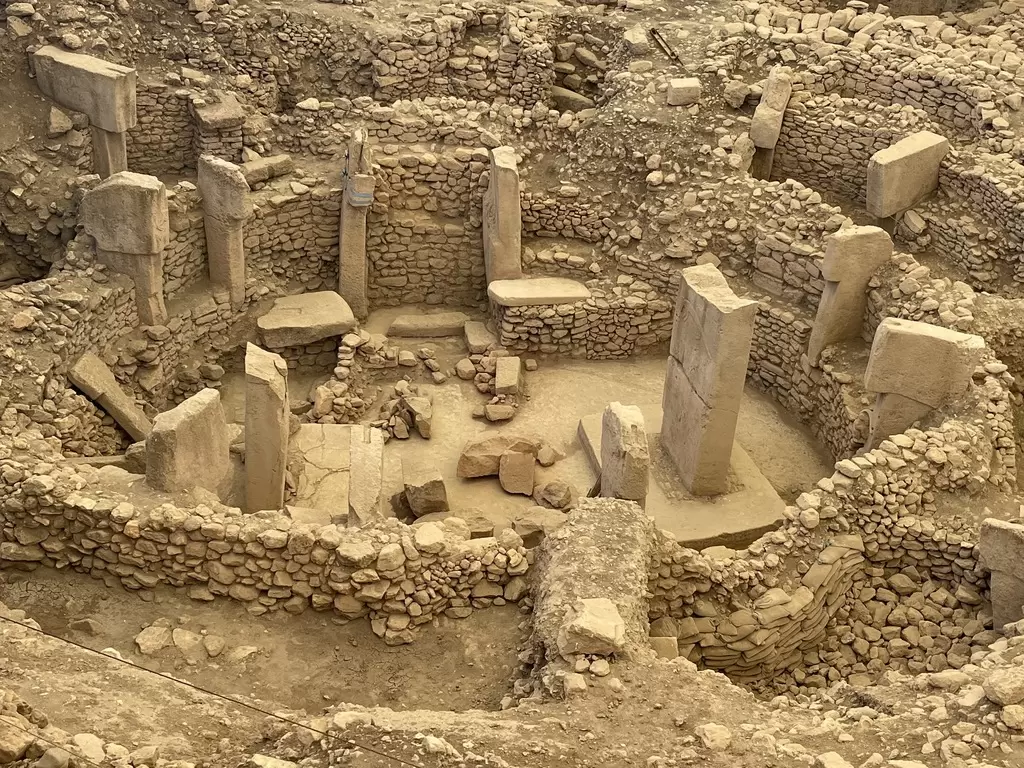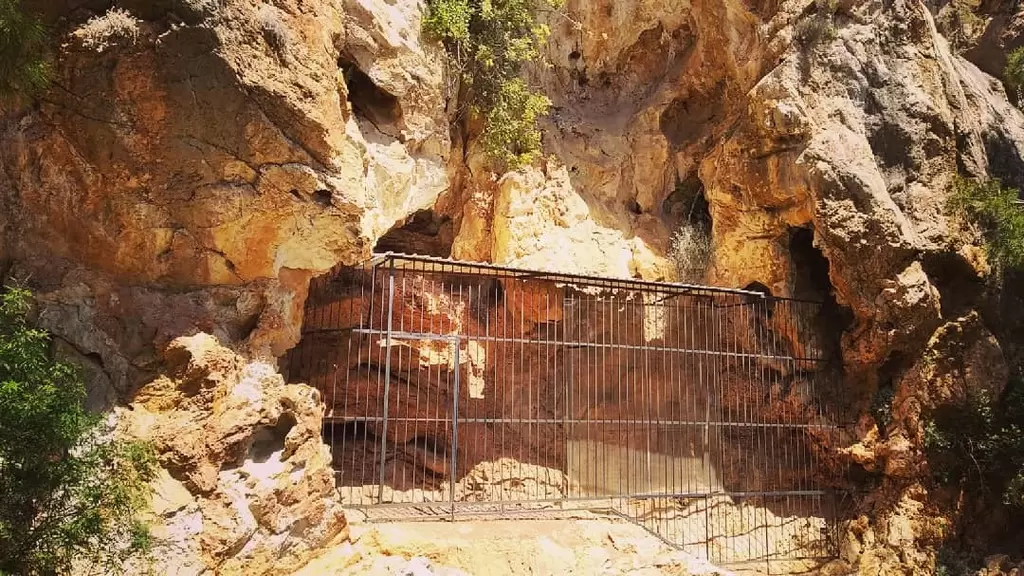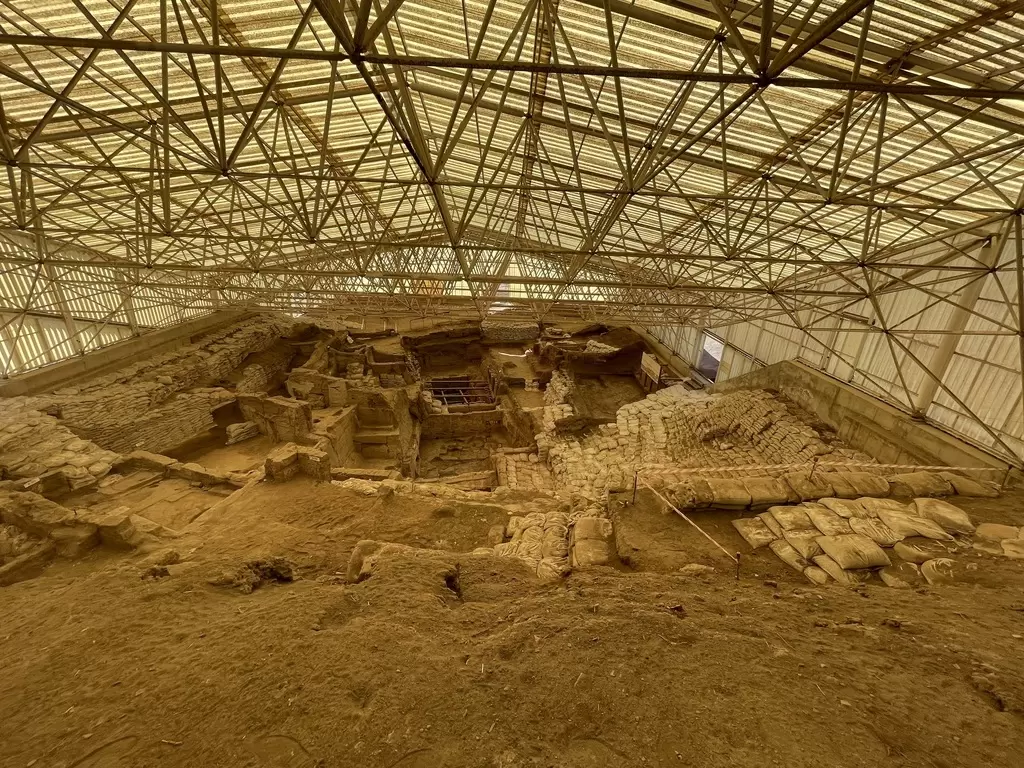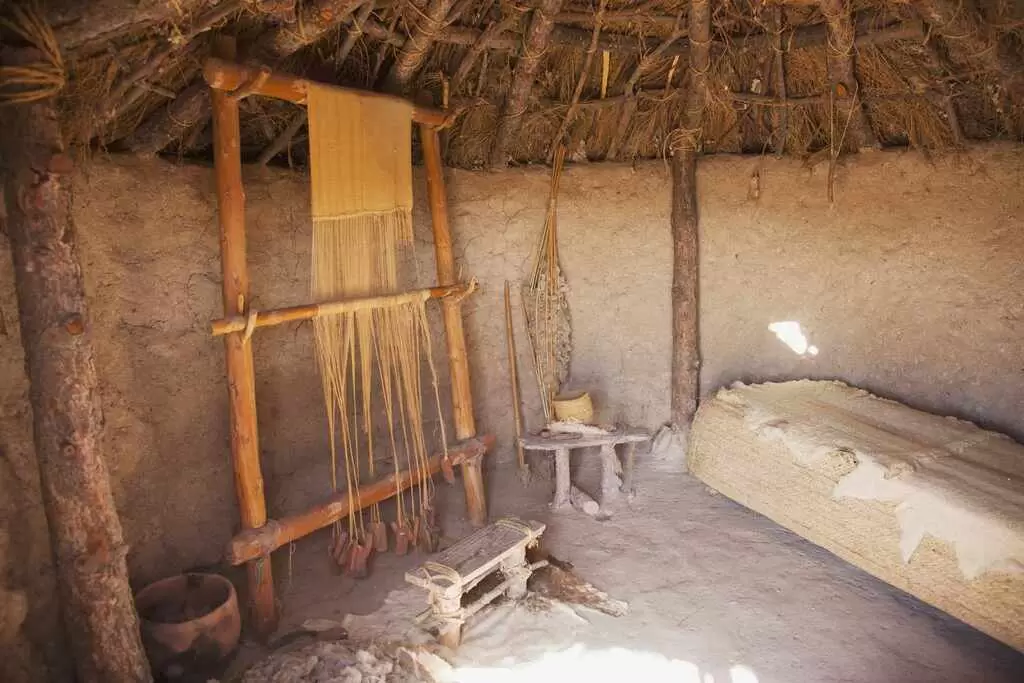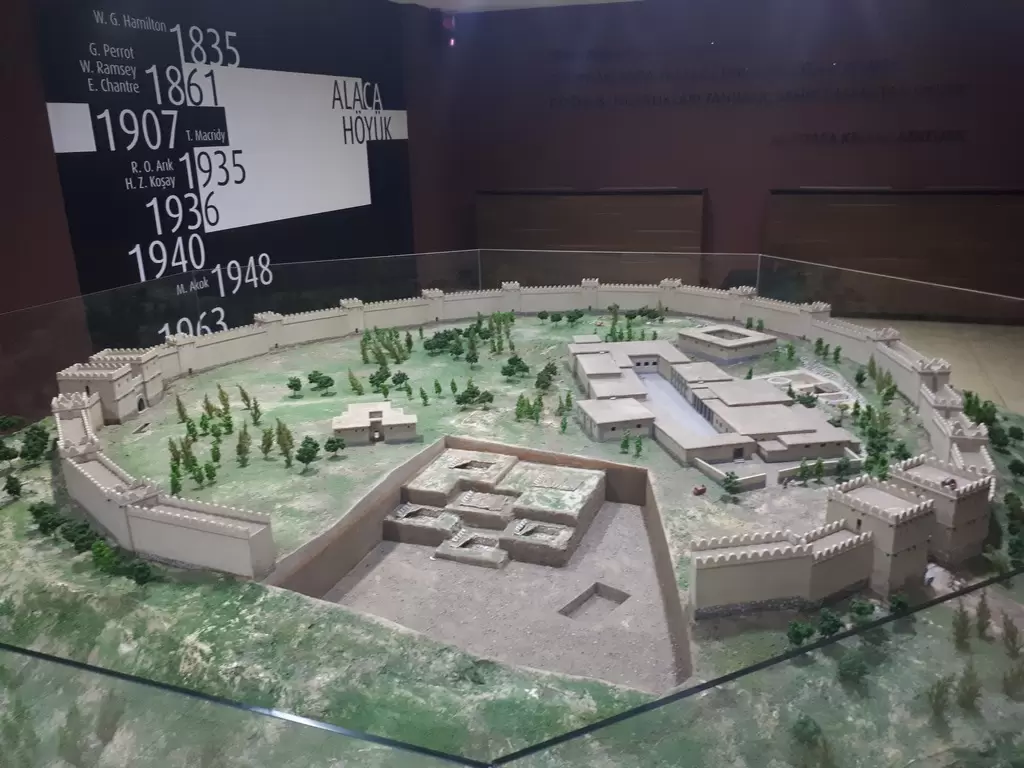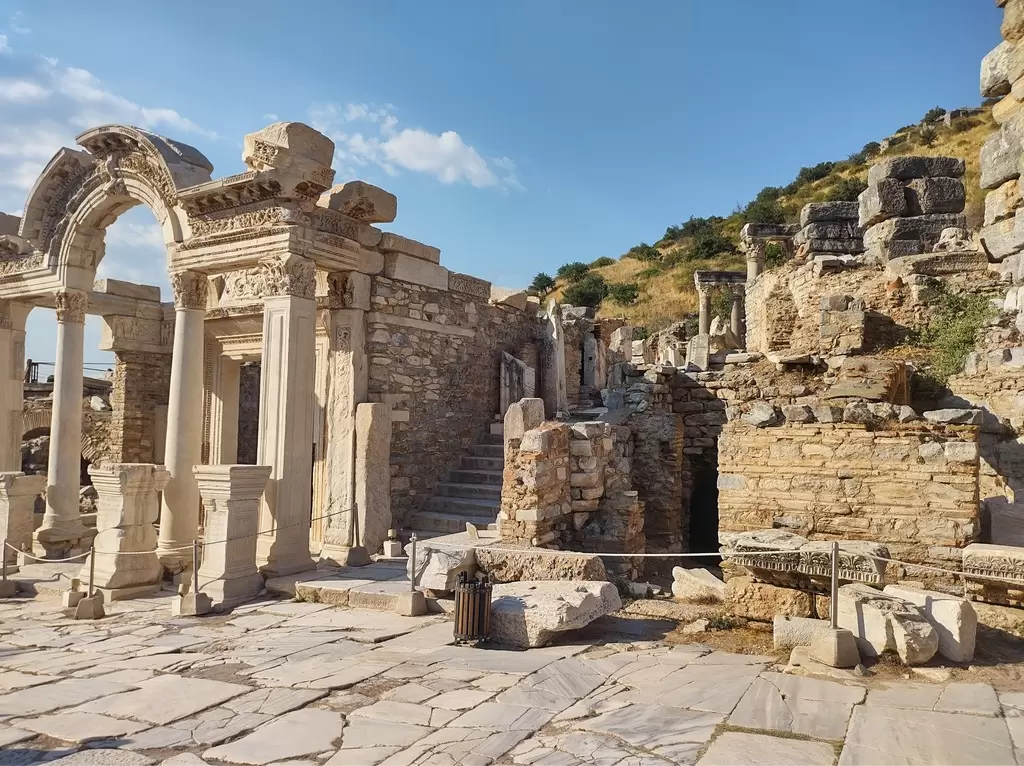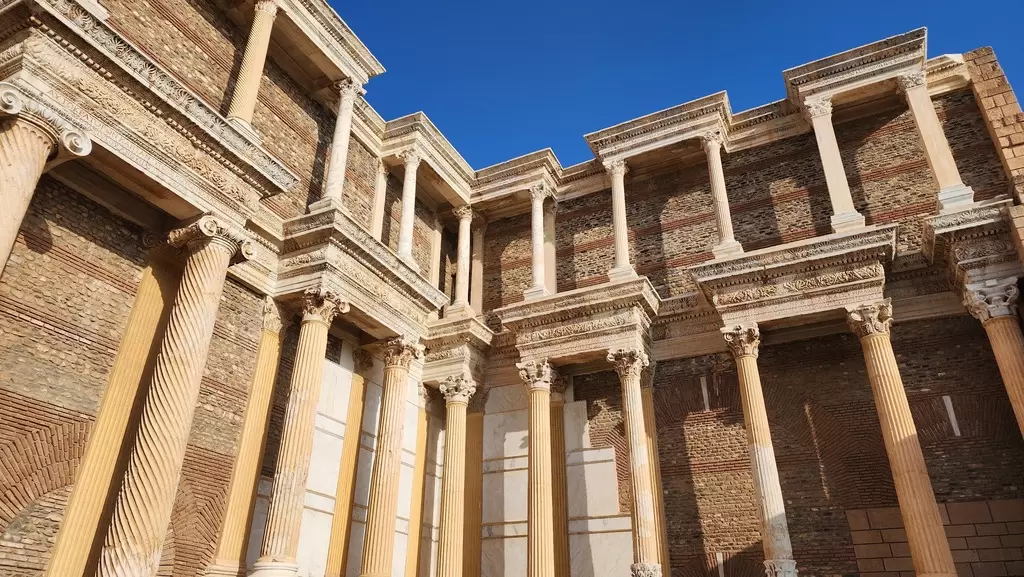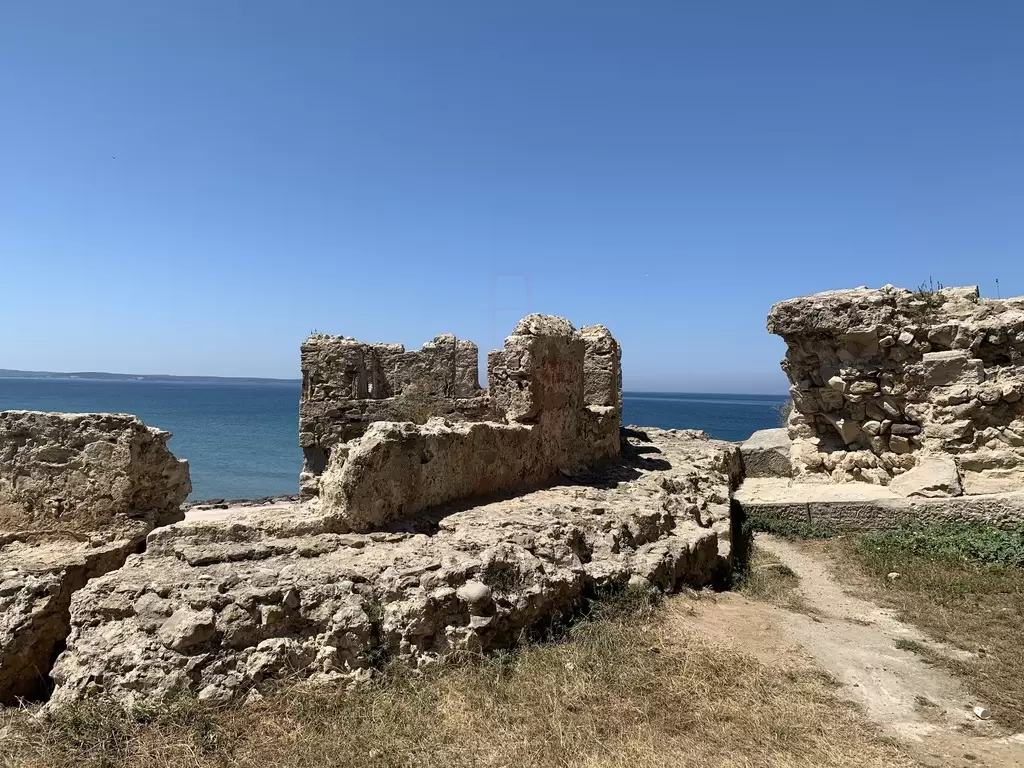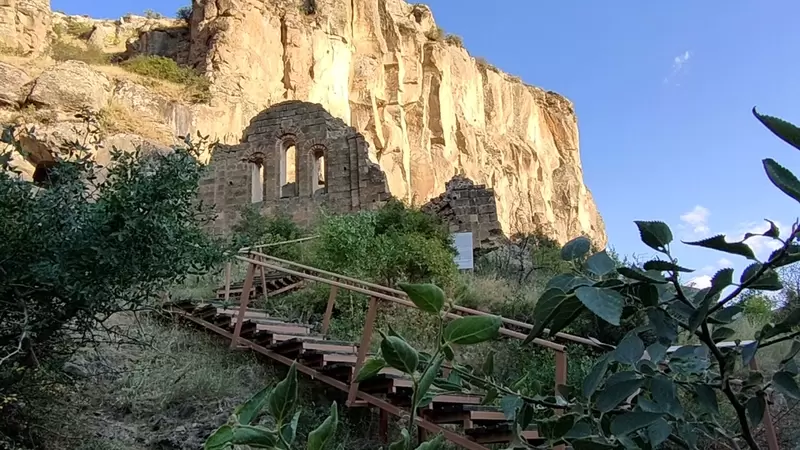
The Kingdom of Cappadocia was an ancient state located in central Anatolia, known for its distinctive geological features, rich cultural heritage, and strategic geopolitical position. Its history spans several centuries, with roots tracing back to the Hittite Empire and later influences from the Assyrians and Persians.
Cappadocia became a significant kingdom in the late Hellenistic period, particularly around the 3rd century BCE. The region was characterized by its unique landscape, including fairy chimneys, rock formations, and extensive cave systems, which provided natural defenses and living spaces. The capital of the kingdom was initially in Kayseri, known in antiquity as Mazaca, which served as an important center of administration and trade.
The kingdom thrived under the rule of various dynasties, most notably the Cappadocian kings who adopted Hellenistic culture while maintaining their own traditions. The region became a melting pot of cultures, influenced by Greek, Persian, and later Roman elements. Cappadocia was known for its skilled horse breeding, which made it a vital supplier of horses for armies across the area. The fertile lands also allowed for the cultivation of various crops, including grains and vineyards, leading to a booming agricultural economy.
Cappadocia's strategic location along key trade routes facilitated contact with neighboring civilizations, enhancing its economic and cultural exchanges. The kingdom played a significant role during the conflicts between the Hellenistic kingdoms and later with the Roman Republic. Notably, it served as a buffer state between the Parthians and the Romans, navigating complex political alliances.
In 17 CE, Cappadocia was annexed by the Roman Empire, becoming a province. Under Roman rule, the region saw significant development, including the construction of roads, cities, and public buildings. The combination of Roman architecture with local traditions created a unique cultural landscape. The famous rock-cut churches and underground cities, such as those found in Göreme and Derinkuyu, date back to this period, reflecting the region's early Christian heritage and its use as a refuge during times of persecution.
Cappadocia continued to thrive throughout the Byzantine period, becoming a center for early Christianity. Monasteries were established, and the region became known for its unique frescoes and architectural styles. The decline of Byzantine power eventually led to the region being incorporated into various empires, including the Seljuks and Ottomans.
Today, Cappadocia is recognized for its historical significance and breathtaking landscapes. It attracts visitors for its natural beauty, rich history, and unique cultural experiences, making it a fascinating destination for those interested in the ancient world and its legacy. The archaeological sites, rock formations, and well-preserved churches and monasteries offer a glimpse into the remarkable history of the Kingdom of Cappadocia and its enduring impact on the region.








